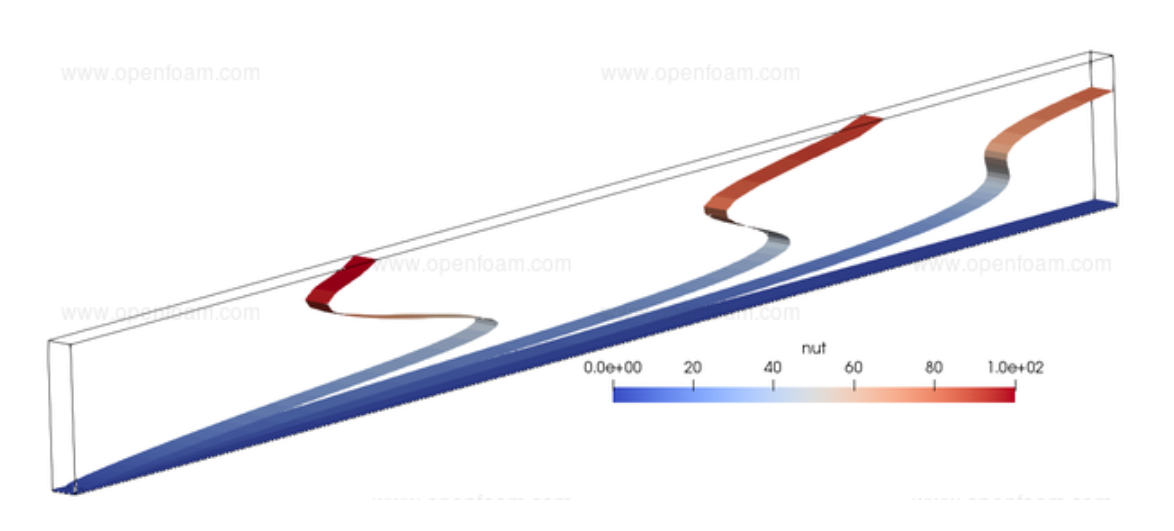OpenFOAM
Highlights of the new OpenFOAM 2012 release
- 2021/01/01
- 日本ESI
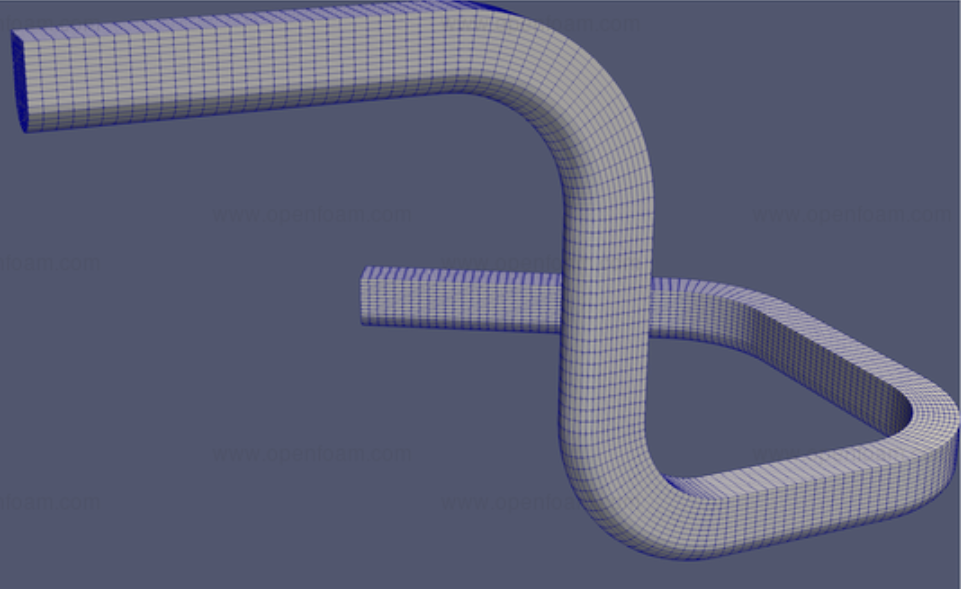

New OpenFOAM 2012 Release downloadable from here.
- snappyHexMesh now offers a new option to specify the near-wall layer using an absolute thickness, e.g. to obtain a desired y+ at the first wall layer, and a relative thickness for the final layer closest to the bulk to minimise mesh distortion. For more details take a look at new hybrid layer input.
- snappyHexMesh automatic refinement in small gaps has been enhanced to provide additional options like gapSelf. Setting this keyword to false ensures that only gaps between different surfaces are detected. For more details small gaps automatic refinement.
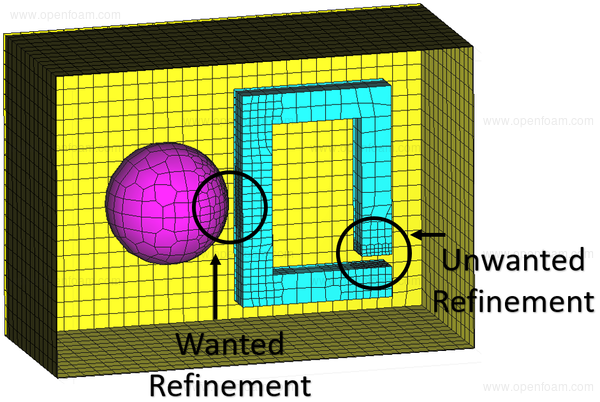
- extrude Mesh offers a new “polyLine” option. It employs the functionality of blockMesh edges to define the extrusion path. The figure below shows the results of extruding a triangular inlet patch with "extrudeModel polyline". Additional info Polyline extrude model.
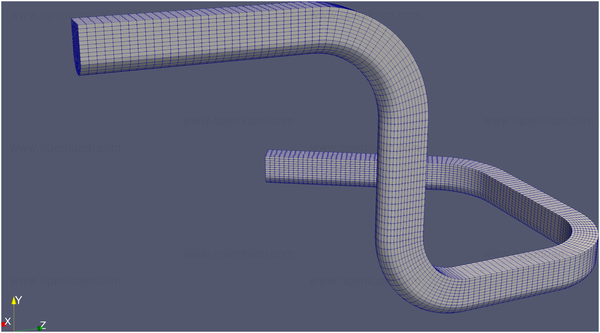
- This release also includes improvements to particle tracking on moving mesh cases. The particle-moving wall patch interaction, particle-cyclicAMI patch interaction and particle tracking are now more robust. Details here: Improved particle tracking on moving meshes.
- A new acoustic solver has been introduced: “acousticFoam”. This solver targets the linearized acoustic pressure equation under the assumptions of an homogeneous and quiescent medium. More info : acousticFoam
- New buoyancyTurbSource finite-volume option applies sources on turbulent kinetic energy, k, and either turbulent kinetic energy dissipation rate, epsilon, or specific dissipation rate, omega, to incorporate effects of buoyancy on turbulence in incompressible and compressible flows. It is generally applicable where density gradients exist such as compressible heat transfer and wave modelling using the volume-of-fluid method.
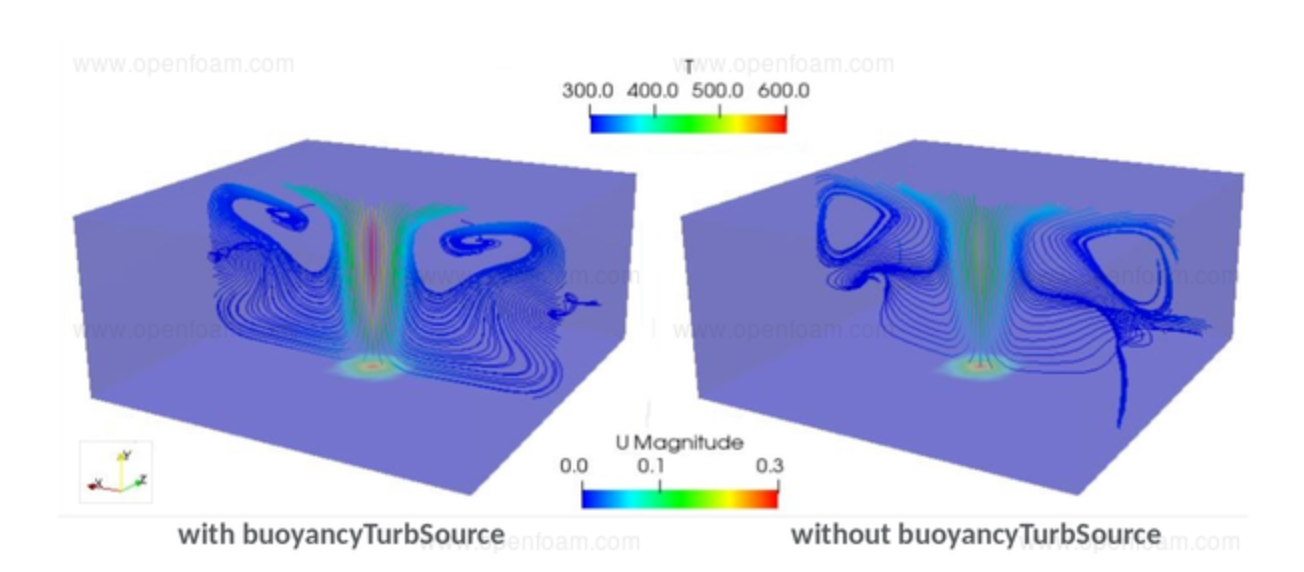
- The new recycleInteraction particle interaction model enables particles to re-enter the domain having hit an outflow patch. Particles are reintroduced at random locations on the specified inlet patch with the same local velocity as the carrier flow.
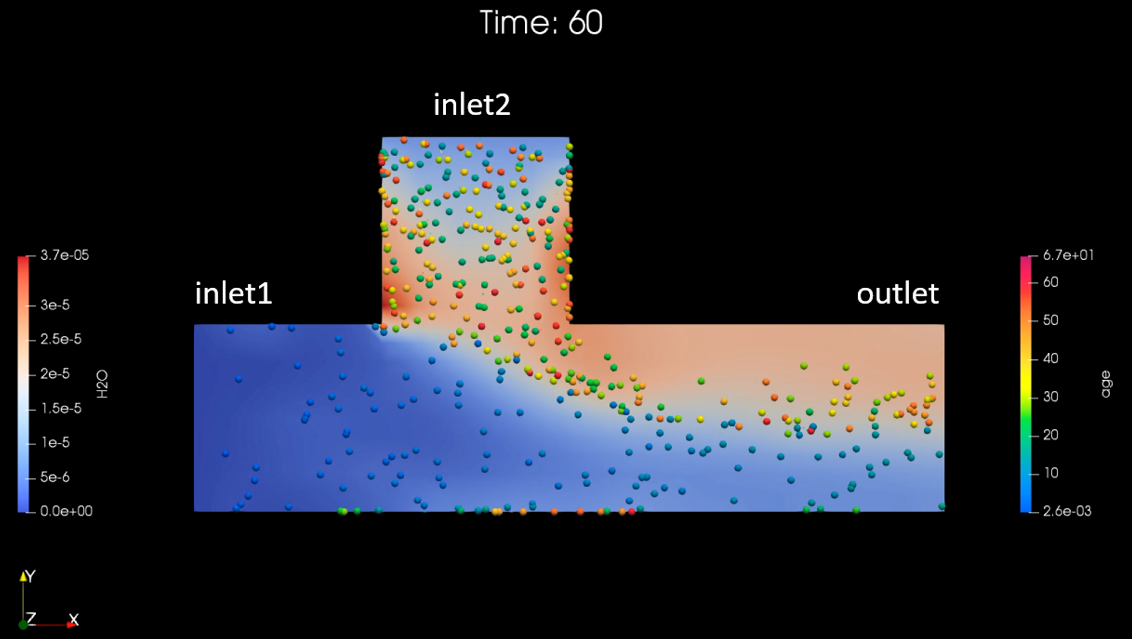
- The cuttingPlane sampled surface now optionally supports multiple offsets using the new offsets keyword, providing a more convenient and concise syntax when compared to specifying each plane individually.
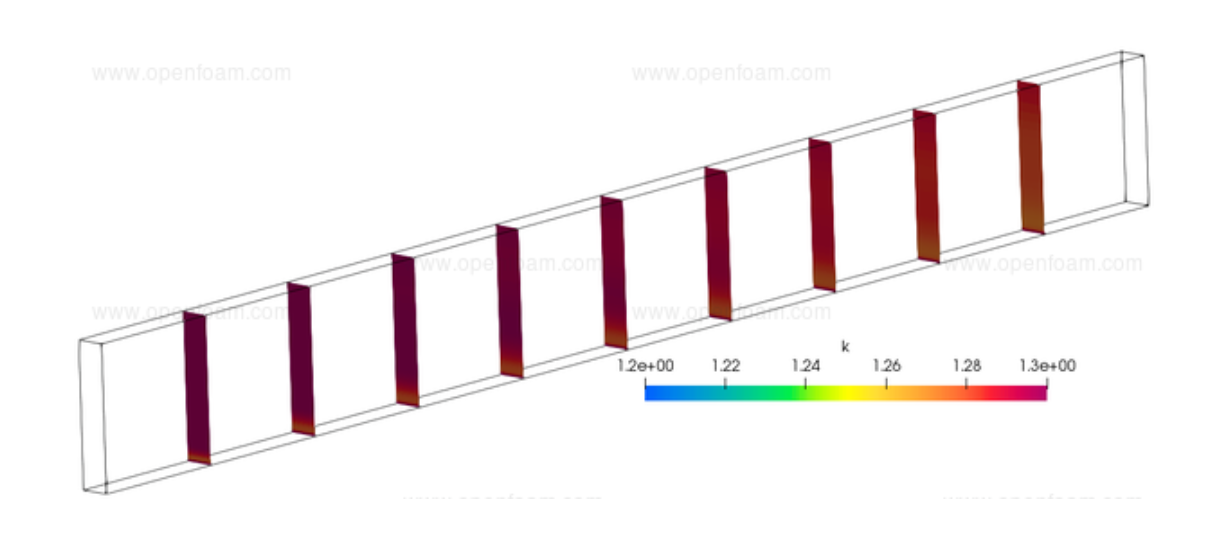
- Multiple iso-values: the sampled iso-surfaces now support single or multiple iso-values, for functionality and syntax similar to that provided by runTimePostProcessing. If present, the new isoValues keyword is used in preference to the isoValue keyword, providing a more convenient and concise syntax when compared to specifying each surface individually.
